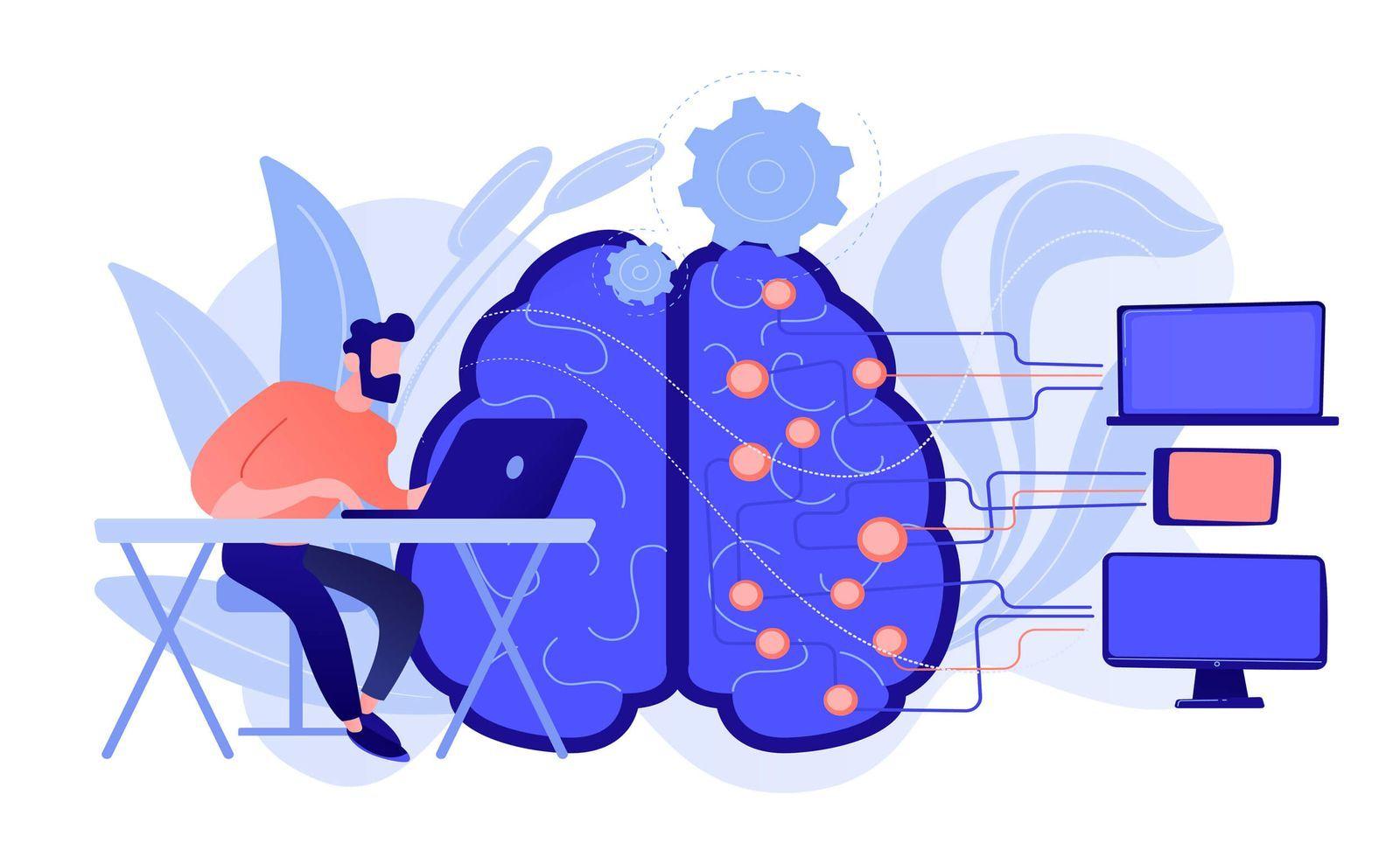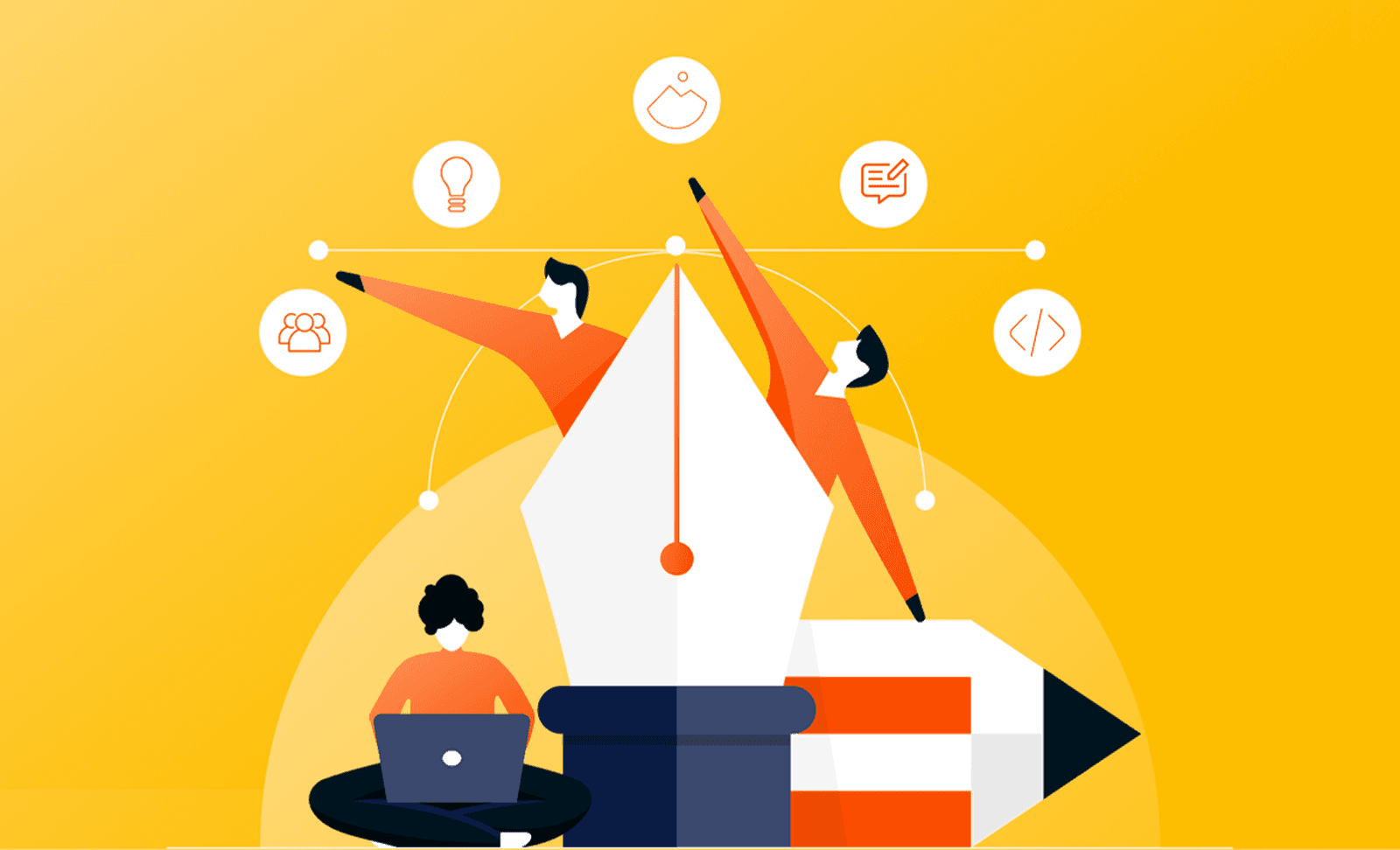Psychology is crucial in UI/UX design because it helps designers understand how users think, feel, and behave. By applying psychological principles, designers can create interfaces that are not only visually appealing but also intuitive and user-friendly. This understanding allows designers to anticipate user needs, reduce cognitive load, and enhance overall user satisfaction, leading to better engagement and retention.
-
Cognitive Load: Simplify design to reduce mental effort and enhance user experience.
-
Hick’s Law: Limit choices to avoid overwhelming users and help them make decisions faster.
-
The Psychology of Color: Choose colors that evoke the right emotions and drive desired actions.
-
Fitts’s Law: Make interactive elements larger and easier to access, especially on mobile.












